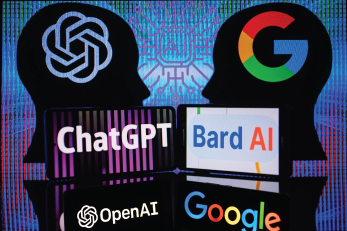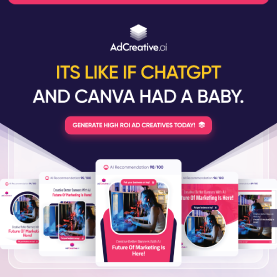Introduction
AI agents are software programs designed to perform specific tasks autonomously by perceiving their environment, making decisions, and taking actions. When combined into a cohesive system, these agents can manage workflows, enhance productivity, and drive innovation. Let’s explore how to build an AI agent system step-by-step.
Agent System Overview
A robust AI agent system consists of multiple interconnected agents, each specializing in a specific domain. Here are the key components:
- Director Agent: Oversees the entire system, ensuring all agents work in harmony.
- Research Manager Agent + Subagents: Handles data collection, analysis, and insights.
- Comm Manager Agent + Subagents: Manages communication channels and automates interactions.
- Project Manager Agent + Subagents: Organizes and tracks project timelines, tasks, and milestones.
- Content Manager Agent + Subagents: Creates, curates, and distributes content effectively.
Each agent has subagents tailored to specific tasks, allowing for precise and efficient operations.
Director Agent Setup
The Director Agent acts as the central brain of your system. To set it up:
- Define clear objectives for your agent system.
- Use tools like OpenAI’s API or LangChain to create a supervisory AI that coordinates with other agents.
- Implement scheduling and task allocation logic to ensure smooth operations.
Research Manager Agent + Subagents Setup
The Research Manager Agent is responsible for gathering and analyzing data. Here’s how to configure it:
- Primary Agent: Set up the main research agent to collect data from APIs, web scraping tools, or internal databases.
- Subagents: Create specialized subagents for tasks such as keyword research, competitor analysis, and trend monitoring.
- Integrate tools like BeautifulSoup for web scraping or TensorFlow for data analysis.
Comm Manager Agent + Subagents Setup
Communication is key to any successful operation. The Comm Manager Agent ensures seamless interactions across platforms.
- Primary Agent: Configure the primary communication agent to handle email, chat, and social media platforms.
- Subagents: Set up subagents for specific tasks, such as customer support, lead generation, and feedback collection.
- Use platforms like Twilio for messaging and Zapier for multi-platform integration.
Project Manager Agent + Subagents Setup
A Project Manager Agent organizes and tracks all ongoing tasks and projects.
- Primary Agent: Deploy tools like Notion or Asana integrated with AI to manage workflows.
- Subagents: Assign subagents to monitor specific projects, deadlines, and resource allocation.
- Enable real-time updates and notifications to keep stakeholders informed.
Content Manager Agent + Subagents Setup
Content creation and distribution are essential for maintaining an online presence. The Content Manager Agent streamlines these processes.
- Primary Agent: Set up the main content agent to oversee creation, scheduling, and publication.
- Subagents: Create subagents for tasks such as graphic design, copywriting, and social media posting.
- Utilize AI tools like Canva for design and ChatGPT for content generation.
How to Schedule Automations
Scheduling automations is critical for ensuring your agent system runs efficiently. Follow these steps:
- Use tools like Cron jobs or workflow automation platforms like Zapier or Make.
- Define triggers and actions for each agent, ensuring they execute tasks at the right time.
- Test automations to ensure reliability and accuracy.
WhatsApp Trigger Setup
Integrating WhatsApp with your agent system allows for real-time communication and notifications.
- API Integration: Use WhatsApp Business API to connect your Comm Manager Agent.
- Trigger Setup: Define triggers for notifications, such as task completion or new customer inquiries.
- Message Templates: Create pre-approved message templates to streamline communication.
- Testing: Ensure all integrations work seamlessly to provide instant updates.
Conclusion
AI agents are a powerful way to automate workflows, improve efficiency, and drive innovation. By following this roadmap, you can set up a comprehensive agent system tailored to your needs, leveraging tools like NVIDIA GeForce RTX GPUs and frameworks like AnythingLLM. Whether you’re managing projects, creating content, or automating communication, AI agents can revolutionize your operations.


